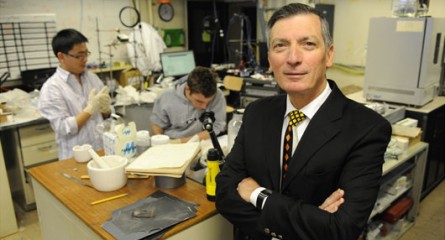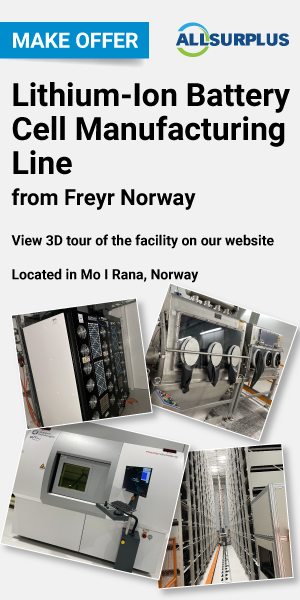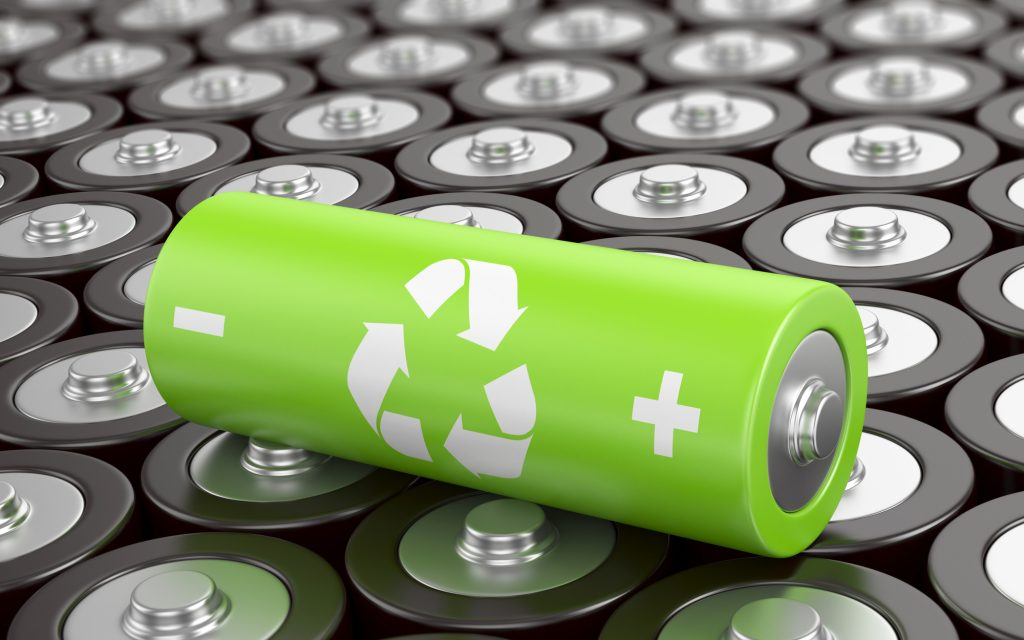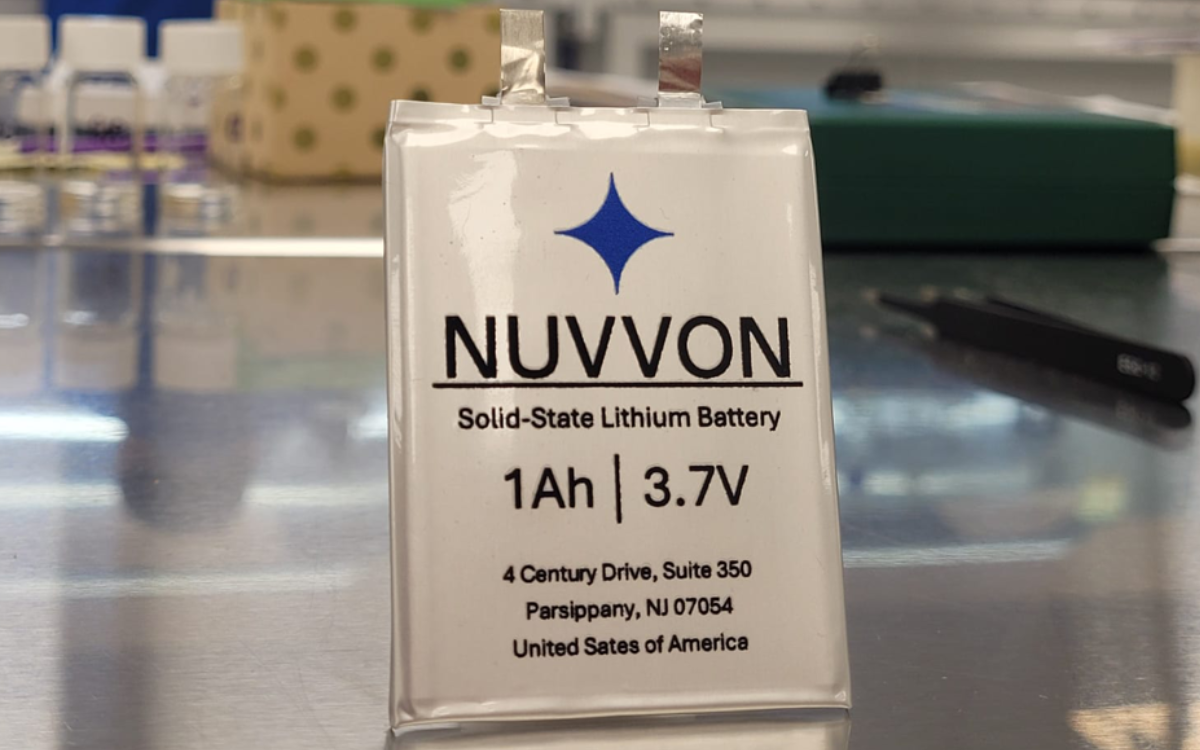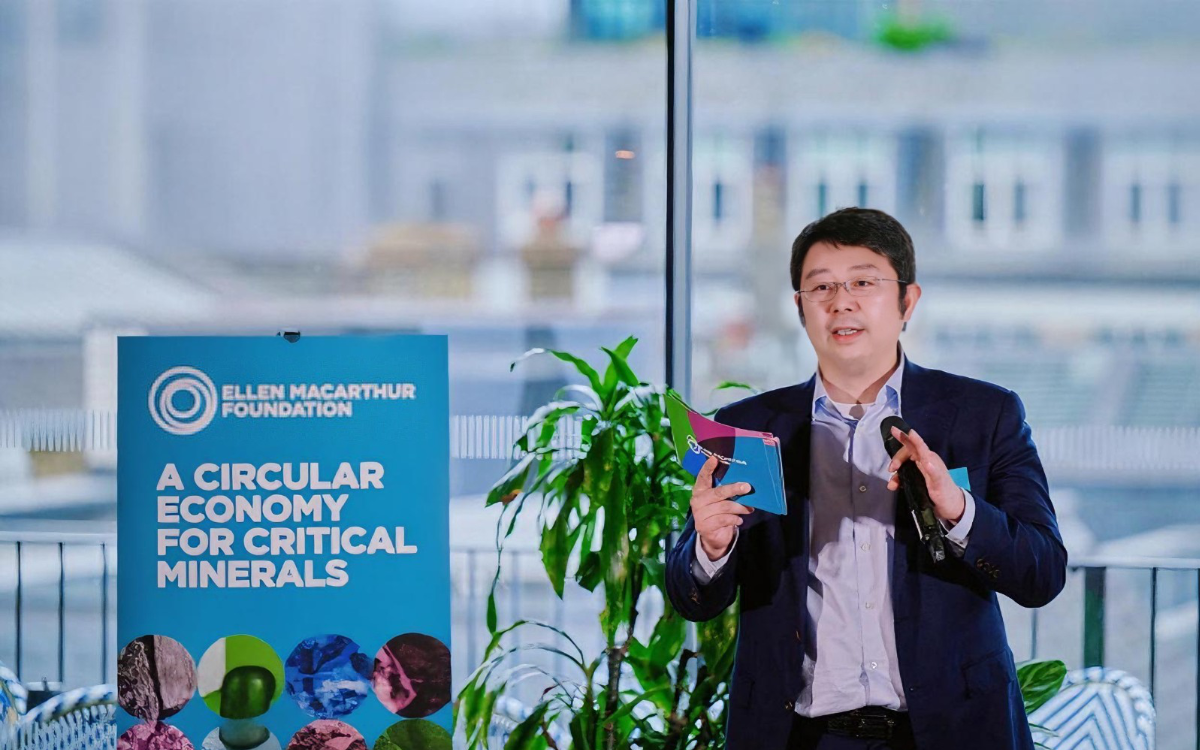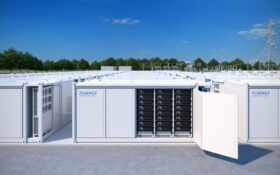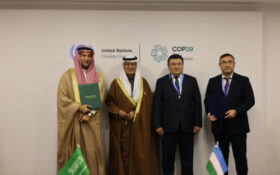An improved liquid metal battery that researchers say has the potential to retain 99.4% of its capacity even after 10 years of continuous use is to undergo testing by the US military.
Materials chemistry professor at the Massachusetts Institute of Technology (MIT), Donald Sadoway (right), who led the research, told BBB studies showed improved performance after replacing the battery’s traditional ceramic membrane with titanium nitride steel mesh.
Sadoway said instead of acting as a membrane, as expected, the compound material “was acting as an electrode,” actively taking part in the battery’s electrochemical reaction.
The battery is now to be put through its paces in trials at a US military base, Sadoway said. He said the tests would involve operating the battery “so as to meet the needs of the military facility in its effort to operate with renewable sources of energy and detached from the civilian grid”.
Sadoway said the battery is expected to be ready for commercialisation in 2020— although there are no plans at present to turn the battery over to a company for manufacturing.
However, Sadoway said feedback from third-party testing would be needed in order to attract commercial interest.
According to MIT, a liquid metal battery based on a liquid sodium electrode material was first introduced in 1968. Companies interested in the technology included General Electric, which MIT said spent nearly a decade working on its ceramic mesh battery— Durathon— before abandoning the project.
Sadoway’s comments come three years after he announced his Ambri company was developing a lithium-antimony-lead liquid-metal battery for grid-scale energy storage applications. He said the materials used in Ambri’s original design were magnesium and antimony separated by molten salt.
Speaking at the EmTech conference held in Singapore earlier this year, Sadoway pointed out that today’s rechargeable batteries fail to operate safely beyond 20 years of grid-level storage.
Nevertheless, he said his liquid metal battery appears to outperform lithium technology. “These industrial cells have been running for four years at a temperature of 450 degree Celsius over 4,000 cycles and the battery capacity is 99%… and its price is way below lithium-ion,” Sadoway said.
Sadoway’s MIT study paper, titled ‘Faradaically selective membrane for liquid metal displacement batteries’, has been published in the scientific journal Nature Energy.

